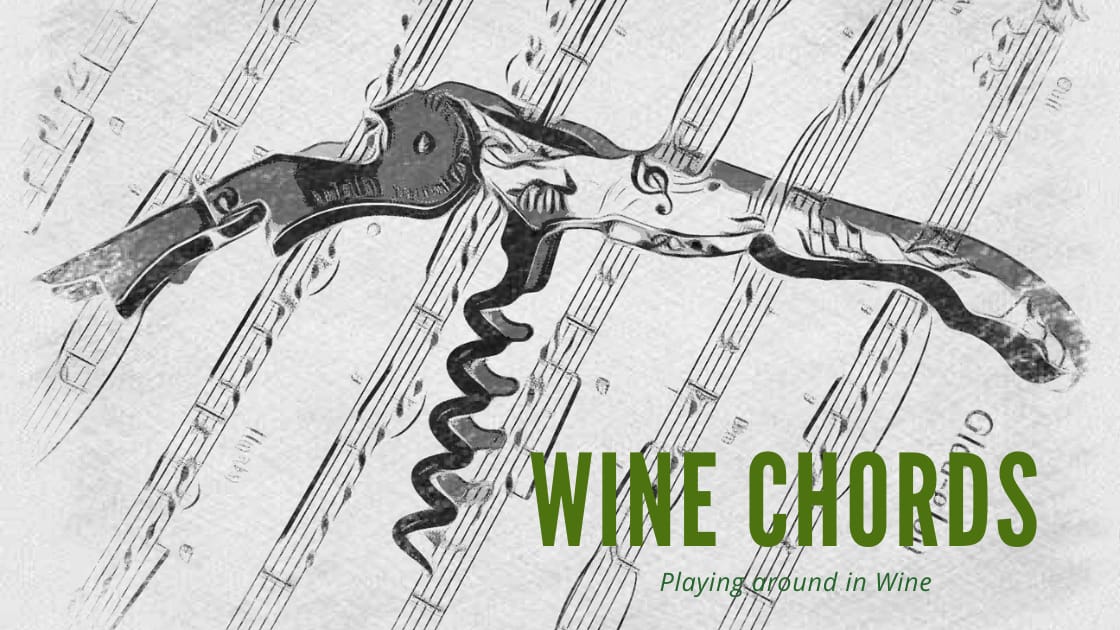The region of Conca de Barberà, nestled in Catalonia, is quietly asserting itself as a haven for fresh, vibrant wines with a strong sense of place. Last week I came across this wine called Pomagrana. Made entirely from trepat—a grape traditionally reserved for light rosés and sparkling wines—this is a red that embraces delicacy, drinkability, and a distinctive Mediterranean charm.
Lectores Vini is a collaboration between the itinerant winemaker Fredi Torres and Marc Lecha. Based in Catalonia, they focus on terroir-driven, minimalist wines made from the region’s native grape varieties. Their approach is organic, with minimal intervention in the cellar.
Pomagrana is vinified with minimal extraction, highlighting the naturally light colour and crisp acidity of the grape. Fermentation is spontaneous, ageing is brief and without oak, and sulphites are kept to a minimum.
Trepat has long been a grape in search of an identity. Traditionally, it played a supporting role in blends or appeared in light-bodied sparkling wines. However, some winemakers have begun exploring its potential as a stand-alone red. The grape’s naturally low tannins and bright acidity make it perfectly suited for the modern thirst for fresher, less-extracted reds—wines that can be served slightly chilled and enjoyed with or without food.
Pomagrana 2021 (Lectores Vini)
Light, almost transparent, red. The nose gives wild strawberries, pomegranate seeds, and rose petals, underscored by a layer of white pepper. On the palate, it is juicy, energetic, with crisp red fruit, a touch of cranberry-like tartness, and a mineral streak.The finish is bright, pure, and mouthwatering. It’s taut and refreshing, almost weightless.
Price: Low












